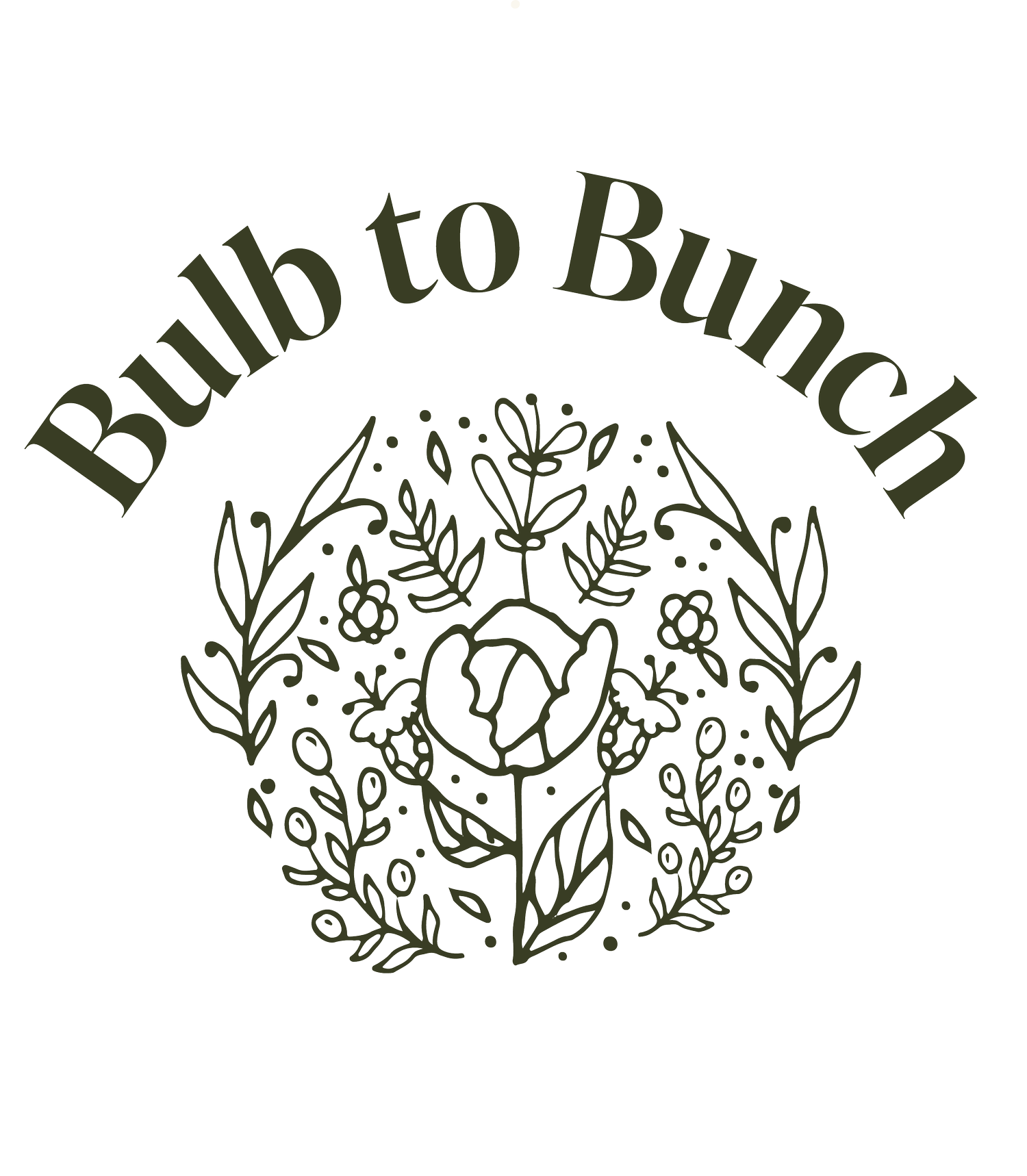Ten ‘must grow’ cut flowers
There’s a lot of advice that says, when you start a flower farm, don’t try to grow everything. Keep to a few varieties and learn how to grow them well. It’s good advice, but very hard to follow when you see all the possibilities out there. I still buy too many seeds and I’m still experimenting, but I also now have a number of ‘must grow’ flowers.
Antirrhinum / Snapdragon
Great value – you’ll get several hundred seeds in every packet.
Once pinched, plants will give you five to eight stems and, with time, a second flush.
If I sow them indoors under lights in January, and plant them in the polytunnel a few weeks later, I can get blooms mid-May.
Equally beautiful as a bouquet filler or alone in a bunch. This is just as well, because I always grow too many.
But
Look beyond the plain ones – there are a loads of stunning varieties in a range of colours.
Don’t forget to stake or support them, or they’ll bend and curl like in the photo.
Cosmos
Really easy to grow.
Good value - normally 100 or so seeds to a packet.
Give a lovely, airy feel to bouquets.
Wide range of varieties from dark red and pink to white and pale yellow, with single or frilly double petals.
But
You have to pick the stems when the buds are about to open, and it’s hard work to stay on top of dead heading.
Varieties like ‘Purity’ with the larger petals can be a bit delicate and get crushed in bouquets.
Dahlia
Just a truly magnificent flower.
Looks lovely with other flowers, but almost better alone.
While the initial tubers can feel expensive, they’ll multiply, and you can split or propogate from them to get more and more plants each year.
But
A short vase life of 3-5 days. Many people – including bouquet florists - expect their flowers to last longer. This is less of an issue if your focus is events.
Dinner plate varieties, while beautiful, are hard to arrange and have the shortest vase life – I’ve found pom pom, ball, decorative and waterlily are better varieties for bouquets.
You’ll need to dig them up or mulch heavily to see then through a harsh, wet winter.
Totally addictive - once you start growing them, you can ‘t help ordering more each year.
Helianthus / Sunflower
Easy to grow.
As well as traditional yellow, you can get more sophisticated varieties in white and pale yellow, to purple-tinged and deep red.
They can help fill the focal flower gap between when ranunculus finish and dahlias start.
They’re fast growers and, for some varieties, you’ll get flowers in 8-10 weeks.
The time to flowering is pretty consistent so you can plan when to sow based on when you need flowers.
But
Opt for the pollenless varieties.
Plant them 15cm apart so they stay small enough to use in bouquets.
You have to harvest them when they’re just opening.
Ranunculus
A really pretty flower.
Easier to grow than you think.
Early bloomers. If you grow under cover, you can get blooms from mid-April.
They bloom for a few weeks, and you’ll get at least five stems per plant.
They last 10 to 12 days in the vase.
But
Corms are expensive and you can only use them once, as the flowers are never as good the following year.
You’ll need to cover plants with frost cloth if it freezes, even in a polytunnel.
Nigella / Love in a Mist
Easy to grow.
Unusual and interesting flowers.
If you leave the flowers, the seed pods are equally lovely and can be used fresh or dried.
You can autumn sow these and get flowers in May and June the next year.
But
I have nothing bad to say about Nigella.
Phlox drummondii
These make a very pretty filler flower and smell lovely.
Available in a range of beautiful pastel colours.
But
You need to pinch out the early buds and flowers, to get a bushier, taller plant, or they can be a bit short and straggly.
Vase life is only 5-7 days.
Scabiosa
A charming flower with an unusual shape.
Regular cutting encourages more flowers.
Keeps blooming right through the last frost.
A perennial variety that comes back each year.
But
Vase life of 5-7 days is a bit shorter than some of my other favourites.
They need to be supported or they’ll fall over, and they can be difficult to harvest.
Stocks
The Aida variety can be grown over winter to flower in late spring.
Great on their own in bunches.
But
They’re single stem flowers. At least, pinching has never worked well for me, even on the branching variety.
Their smell isn’t for everyone.
Zinnias
The Aida variety can be grown over winter to flower in late spring.
Great on their own in bunches.
But
Slugs love and, if you’re not careful, completely devour them.
Bulb to Bunch | Beautiful, locally-grown flowers and foliage, available as bouquets, in buckets and wholesale, plus gifts and more
www.bulbtobunch.com











